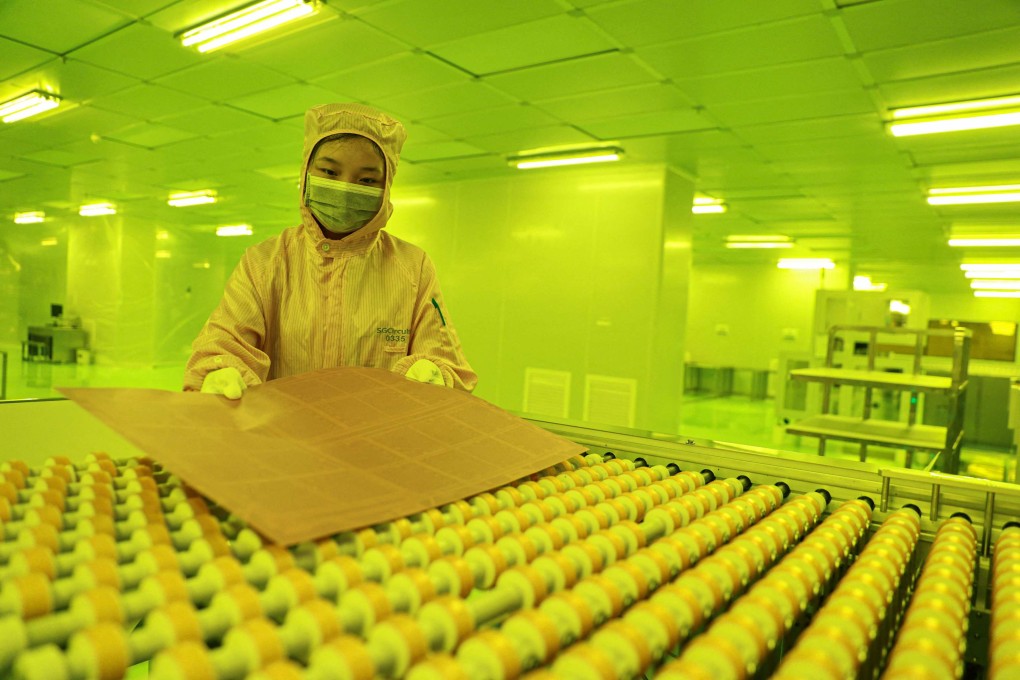Advertisement
Macroscope | China’s uneven recovery risks more US protectionism, with or without Trump
- China’s trade surplus and deflationary policies propping up its push for hi-tech manufacturing mean a sharp US response is likely, whoever wins the November election
Reading Time:3 minutes
Why you can trust SCMP

Are global investors paying enough attention to China’s patchy recovery? Markets have grown accustomed to disappointing data, but even by the standards of China’s negative surprises, some of the headline figures for the second quarter of this year were far worse than anticipated.
Advertisement
On a quarterly basis, growth slowed to just 0.7 per cent. That is less than half the rate in the first quarter and an even weaker pace than in the final quarter of 2022, when China was in the throes of its tumultuous exit from the zero-Covid policy.
Retail sales in June increased by a much slower-than-expected 2 per cent. Sales volumes fell in annualised terms in all non-essential categories, including cosmetics, cars and clothing. Societe Generale described the declines as “shocking”.
That consumer spending is weak is not surprising given the prolonged crisis in China’s housing market. Prices for new homes fell in June for the 13th straight month while the contraction in new home completions deepened, revealing the scale of the challenge facing the government in its efforts to push developers to complete unfinished homes.
Morgan Stanley warned in a report on July 21 that renewed disappointment over economic data could trigger another round of foreign outflows from Chinese stocks akin to the selling pressure in the second half of last year. Having staged a spectacular rally between April 16 and May 20, the MSCI China index, which tracks Chinese shares listed at home and abroad, has since fallen 13 per cent.
Advertisement
There has been a similar reaction in parts of the commodity markets. The prices of industrial metals – the most China-sensitive raw materials – have plunged more than 19 per cent since May 21.

Advertisement
